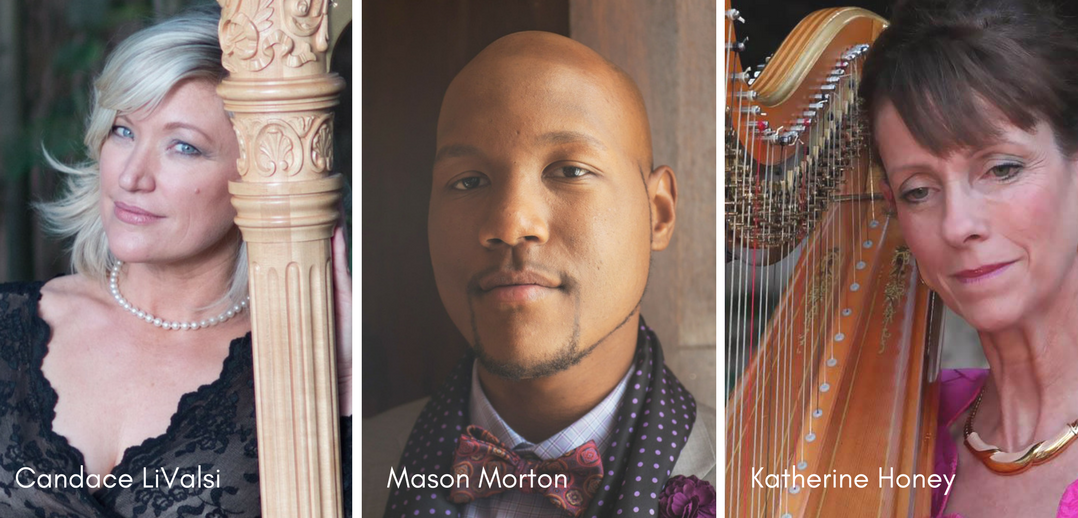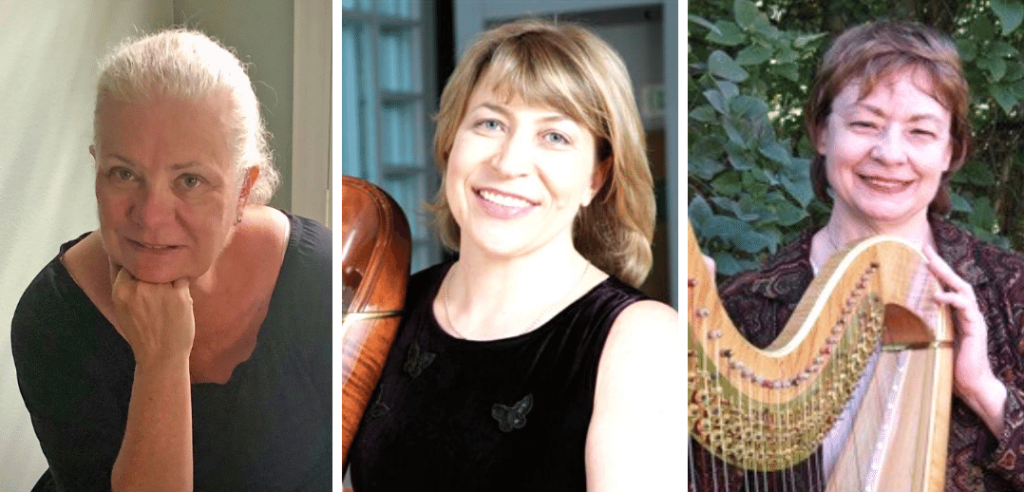When playing background music, have you ever thought, “No one is listening” and the time just drags on and on? Well, boredom busters are here to save the day! If you’re in a particularly large space, this can lead to you feeling distant and Muzak-like. One thing I like to do (and this works in more intimate spaces as well), is find one person to play for and make it your goal to provide them with an intimate concert. There have been times when I have played for “an audience of one” they have approached me and said how much they enjoyed the music. It’s kind of creepy but cool when it happens.
Sometimes I will look at a pop song I’ve played a million times in 4/4 time and play it as a waltz, or take something in 3/4 time and turn it into a bossa nova. Pretend you are in love with one of the guests and play your heart out. Take a traditionally slow song, play it as written and then on the repeat, play an up-tempo walking baseline and play the whole thing again faster, as if the words have the opposite meaning. And always listen—as if you are one of the guests—because there is always someone listening!
—Candace LiVolsi is a professional harpist and teacher from Redding, Calif.
Staying musically engaged while playing background music can be a challenge. First you schlep yourself, the harp, and accessories to your gig. Secondly, you figure out the exact spot where you are needed to play. Next, you store your harp cart and covers, and now finally you are ready to play some background music! However, don’t be surprised if within the first 15 minutes someone asks, “Do you mind playing a little softer?”
I recommend starting with several pieces you know solidly and actually enjoy playing! This will give your mind time to acclimate to the room, people, and of course the occasional spoon that always manages to fall onto the floor. Secondly, after the function is well underway, capitalize on the fact that you have the perfect audience to test your memory and focus. Really bring out the music—dynamics, musicality, and even raising. Lastly, listen to your own playing! Use this time to experiment with your musicality in a low-stress performance environment—can I play this passage with a rounder tone in my piano playing? Sure, it’s not Carnegie Hall, but listening to your own playing and staying in the present moment will build your performance confidence, and be a much more pleasing experience for you and everyone at the gig. Good luck!
—Mason Morton is the principal harpist of the Claflin Hill Symphony Orchestra and the Boston-based quartet Sons of Serendip
Most people want to hear the same 50 or so tunes. I intersperse those tunes with classical and lesser-known standards. Usually I play “to someone” and think, “What would that person like to hear?” I find this often engages them. In some venues of close proximity you initiate conversation and learn about new tunes you would never have considered playing. I like to anticipate the surprise on a listener’s face upon hearing that piece for the first time on a harp (the one you have played a zillion times)! I often apologize to the staff saying, “I know you have heard these tunes over and over, but the customers are only here once, and they want to hear them. Do you have a favorite?” This engages the staff and breaks up the repetition when they ask for their tune (which then becomes repetitious also).
Try out a new piece. You may find it’s not perfected and have to segue into something familiar. Or, specifically concentrate on technique, add the 5th as the bass note to every chord, change rhythms, chords, or add snippets of classical tunes to standards. When I have a day I don’t feel like playing, I trick myself into wondering, “Who will walk through the door today?” That makes me sit up straighter and play better in anticipation. When all else fails, I buy a new gown. You are the Music Director of the background gig. Challenge yourself! •
—Katherine Honey is harpist for the Palace Hotel in San Francisco, Calif., and the Biltmore Hotel and Miami Cancer Institute, Miami, Fla.















